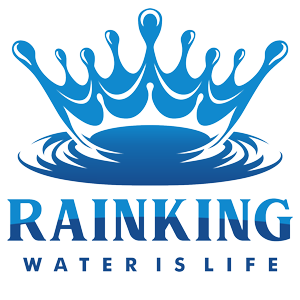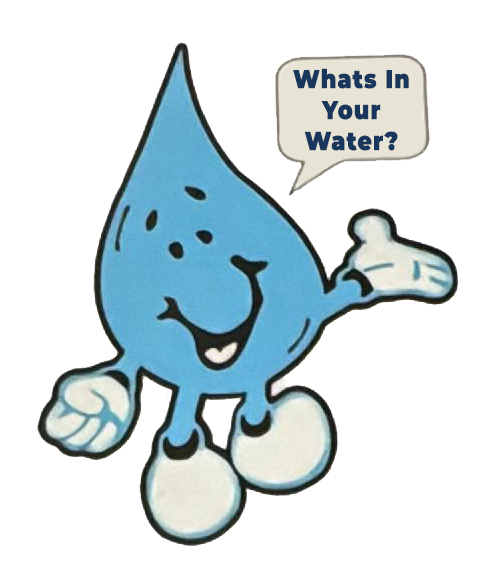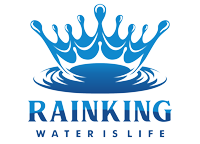Water softening is an important process that helps us to enjoy clean and comfortable water in our homes. But how exactly does it work? There are lots of interesting facts and details about water softening that you may not know, and it’s important to understand how they affect us directly. In this blog post, we will explore the fascinating facts about water softening, including its benefits and how it works. Before we get into the details of how water softening works, let’s take a step back and explore what it is exactly. Water softening is the process of removing the calcium, magnesium, and other minerals from water. This is usually done using a device called a water softener, which uses sodium chloride or potassium chloride to reduce the hardness caused by mineral deposits in the water. In the process, these harmful minerals are removed from the water, making it more pleasant to use for washing and showering. So now that we understand what water softening is, let us look at some of the fascinating facts about it. From its origins and history to the many benefits it provides, there is much to discover about this important process. Read on to find out more about the fascinating facts about water softening and how it can improve your quality of life.
Introduction to Water Softening
Introduction to Water Softening
Water softening is a process that helps improve the quality of water by removing minerals that make it hard. Hard water contains high levels of magnesium, calcium, and other minerals, causing it to be corrosive and difficult to use. Water softening aids in reducing scale build-up, evaporative cooling, and limescale deposits, and helps prevent limescale buildup in plumbing fixtures and appliances. Water softening can have several benefits, such as better tasting and smelling water, improved performance of appliances, and longer life of plumbing fixtures. Additionally, it helps reduce energy costs associated with heating water. Understanding how water softening works and the advantages it can provide can help make the decision to install a water softening system an easy one.
Water softening systems work by utilizing a process called ion exchange. This process replaces hard ions, such as magnesium and calcium, with soft ones, like sodium or potassium. The soft ions are released into the water, while the hard ions are captured in an exchange tank and carried away from the system. As the tank fills up with hard minerals, the salt solution inside the tank is recharged with a mixture of sodium chloride and sodium bicarbonate. This recharging process helps the water softener start up again.
The main components of a water softener are the mineral tank and the control valve. The mineral tank holds the resin beads that capture the hard minerals, and the control valve allows for manual control over the system’s settings. Depending on the specific model of the water softener, additional components may be included, such as the brine tank and float switch. Additionally, the water softener may come with a bypass valve, allowing for some water to pass through the system without being softened.
Overall, water softening offers a number of benefits for homes and businesses, including clean, good-tasting water and longer-lasting plumbing fixtures and appliances. Understanding how water softening works and the advantages it can provide can help people make an informed decision when considering installing a water softening system.
The Benefits of Water Softening
Softening water has a lot of health and home benefits. Many homeowners opt for a water-softening system in order to reduce the negative impact that hard water has on their plumbing and appliances. Hard water can cause soap scum buildup, mineral deposits, scale, poor lathering, and discolored fabrics. So what are the actual benefits of water softening?
The first benefit is that it reduces the amount of soap used when washing dishes and clothes. Since calcium and magnesium ions in hard water can interfere with the effectiveness of soap, softening reduces the need to use more of it. This can save money over time, as well as make cleaning easier.
Softening also makes the water feel silkier on the skin and hair. That’s because these ions can bind to your hair and skin, giving it a dry feeling. With softened water, your hair and skin won’t feel like they’re coated with residue. You may even find that you need to use less shampoo or body wash.
Speaking of saving money, water softening can help reduce energy costs as well. Dishwashers and washing machines require more energy to heat up hard water than softened water. This translates to lower energy bills for those who choose to soften their water.
Finally, softening water can help protect your pipes and appliances from the buildup of limescale. That’s because the minerals that cause limescale are filtered out of the water during the softening process. This helps prolong the life of your pipes and appliances, and could even help prevent costly repairs in the long run.
As you can see, there are many benefits to softening water. Not only can it reduce the amount of soap needed, create a better feeling on your skin, and lower energy bills, but it can also help to protect your plumbing and appliances. If you want to reap the full benefits of water softening, make sure to hire a professional to install a softening system in your home.
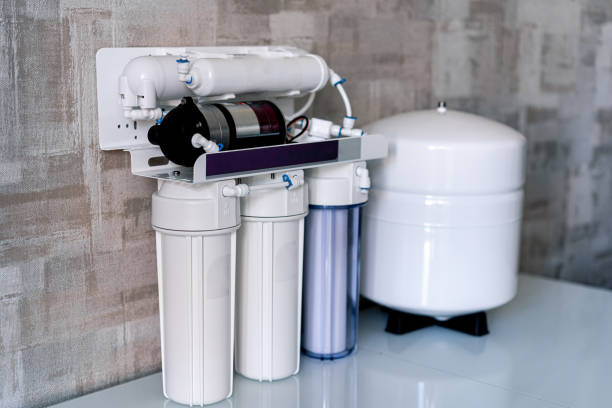
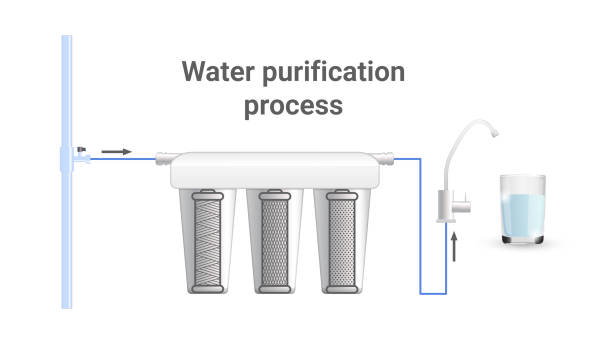
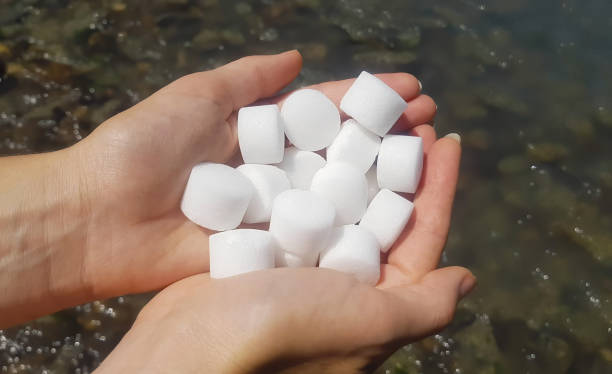
Different Types of Water Softeners
Water softeners come in a variety of types, each offering its own unique benefits. The three basic types of water softeners available are ion exchange, reverse osmosis, and UV filtration.
Ion exchange is the most common type of water softener. It works by exchanging the calcium and magnesium ions in hard water with sodium ions. This results in softer water that is easier on clothes and skin. It also helps to prevent limescale build-up in pipes and appliances. Ion exchange is relatively inexpensive and efficient and requires little maintenance.
Reverse osmosis, also known as “RO”, is a more advanced type of water softener. RO systems use a process called membrane filtration to filter out impurities and contaminants from the water. This type of water softening is even more effective at removing calcium and magnesium from hard water than traditional ion exchange systems. It also has the added benefit of removing other contaminants such as lead, arsenic, and chlorine. Although RO systems are more expensive, they are incredibly efficient and require little to no maintenance.
The third type of water softener is UV filtration. This system uses ultraviolet light to filter out impurities from the water, including bacteria and other contaminants. UV systems are the most expensive option, but they are also the most effective in removing the widest variety of impurities. UV filtration systems are typically installed in areas that have a high level of contaminants in the water supply.
Each type of water softener has its own unique features and benefits that make it the right choice for different situations. When deciding which type of system is right for you, it is important to consider your budget and the level of hardness of your water. With the right choice, you can enjoy softer water and fewer mineral deposits on your clothes, dishes, and plumbing fixtures.
The Different Components of a Water Softener
Water softeners are essential components in many homes, yet most people don’t know very much about them. That’s why understanding the different components of a water softener is important. The main components can be broken down into three main parts: the tank, the mineral reservoir, and the brine tank.
The tank of a water softener is a cylindrical vessel used to hold water. It is made of a special material known as fiberglass-reinforced plastic and consists of two compartments. The top compartment holds the softening media, while the bottom compartment houses the brine tank.
The mineral reservoir, also known as the “salt tank”, is where the water softener salt – typically sodium chloride – is stored. This salt is necessary to remove the calcium and magnesium ions that cause hard water. The mineral reservoir also contains a “resin bed” which is a type of plastic resin bead. The beads attract calcium and magnesium ions, replacing them with sodium ions.
The brine tank, also known as the “salt tank”, is responsible for removing the calcium and magnesium from the water. It uses a salt solution to draw out the minerals and flush them away through a drain field. This tank also contains a brine line, which is a flexible hose that connects the mineral reservoir to the brine tank.
Overall, water softeners are complex machines that provide an essential service for many homes. Understanding the different components of a water softener will help homeowners maintain them and ensure they are working properly.
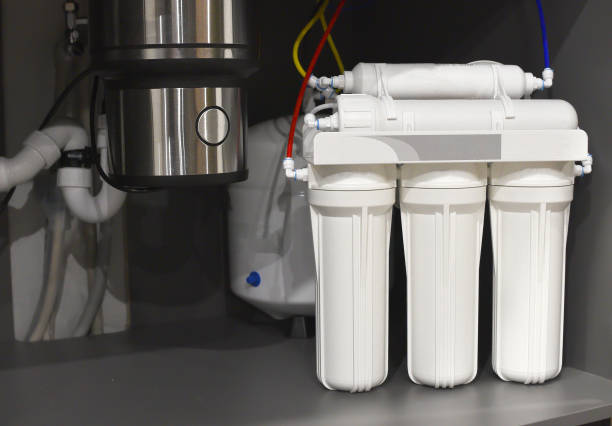
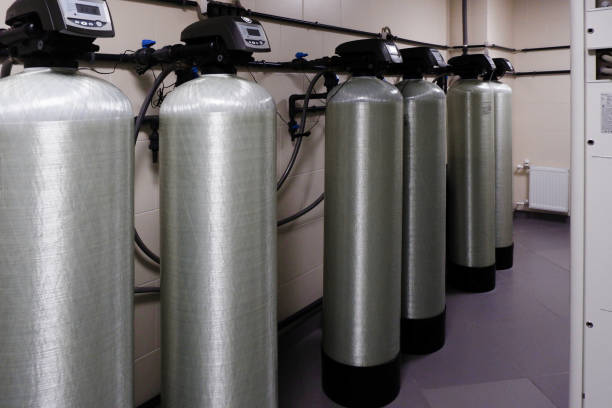
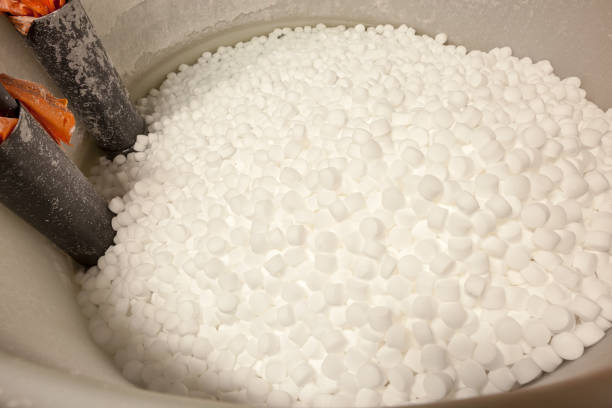
The Advantages of Installing a Water Softener
A water softener is an essential appliance for any home with hard water. Hard water contains minerals, such as calcium and magnesium, which can cause scaling in pipes, water heaters, and other fixtures. Installing a water softener can provide many benefits, from improving the efficiency and durability of appliances to extending their life expectancy. Here we explore some of these advantages.
First, when a water softener is installed, it can help prevent damage caused by scale buildup. Scale can reduce the efficiency of hot water heaters, water pumps, and other water-based appliances. It also reduces heat transfer and increases energy costs. On the other hand, when a water softener is used, the calcium and magnesium ions are absorbed by softening media, such as salt, and removed from the water. This reduces scaling and therefore helps maintain the efficiency and reliability of appliances.
Additionally, a water softener can help improve the look and feel of clothing after washing. Hard water can leave clothes feeling stiff and dingy; however, when a water softener is used, the clothes are softer and the colors are brighter. With a water softener, it is also easier to rinse off soaps and detergents, leaving no soap deposits on the clothes.
Finally, water softeners can help prolong the lifespan of water heaters and other appliances. Scale buildup decreases the efficiency of appliances and also creates additional strain on the system, which can lead to early breakdowns and costly repairs. However, with a water softener, the minerals are removed, preventing the buildup of scale and thus helping to extend the life of your water heater and other water-based appliances.
In conclusion, a water softener is an excellent investment for any home with hard water. It can help reduce appliance damage, make clothes feel softer, and extend the lifespan of water heaters and other water-based appliances. With all these benefits, it makes sense to install a water softener to enjoy the advantages it offers.
Maintaining Your Water Softener
Maintaining your water softener is the key to having clean, soft water in your home. A water softener works by extracting mineral ions, such as calcium and magnesium, from hard water and replacing them with sodium ions. This process helps keep your pipes and fixtures free of build-up and helps reduce soap scum. Maintaining your water softener is an important part of keeping this process going. Here are some ways you can do that:
First, make sure you know how to properly backwash the system. This is done by reversing the flow of water through the system, which helps remove sediment and other minerals that have built up over time. Doing this regularly will ensure the system is running smoothly and efficiently.
Second, regularly inspect the system for any signs of damage or wear and tear. Check the pipes, hoses, and other components for any cracks, leaks, or corrosion. If you notice anything, contact a professional right away to fix the issue.
Third, change the filter on the water softener system every three to six months. This will help remove debris and other contaminants that could affect the quality of the water.
Finally, make sure to add salt to the brine tank on a regular basis. Salt helps regenerate the system and keeps it in working order. Be sure to follow the manufacturer’s instructions when adding the salt.
By following these simple steps, you can keep your water softener running efficiently and help your home enjoy the benefits of soft water. Proper maintenance of your water softener is key to having clean, soft water throughout your home.

